This content originally appeared on Bits and Pieces - Medium and was authored by Kamini Kamal
A brief overview of the scalability, reliability, and autoscaling features of a load balancer.
The Load Balancing Pattern is one of the most important and widely used design patterns for scalability.
Scalability patterns enable us to handle, for instance, billions of requests/day, data processing in petabytes, and cost optimization.
Load balancing when clubbed with auto-scaling, makes the distributed microservices achieve efficiency with cost-effectiveness.
Component-Driven Microservices with NodeJS and Bit
What is Load Balancing and how does it work?
Load Balancing refers to distributing incoming traffic efficiently across server pools, keeping in consideration the speed and capacity utilization of the resources.
It targets to achieve the below functionalities overall:
- Distribution of the network load efficiently across the server pool.
- Ensuring high availability and reliability in distributed systems.
- Dynamic resizing, as a part of scalability and optimization in general.
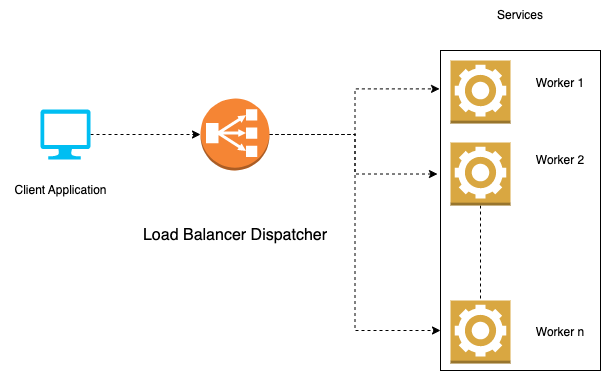
What are the techniques to apply a load balancer in the cloud environment?
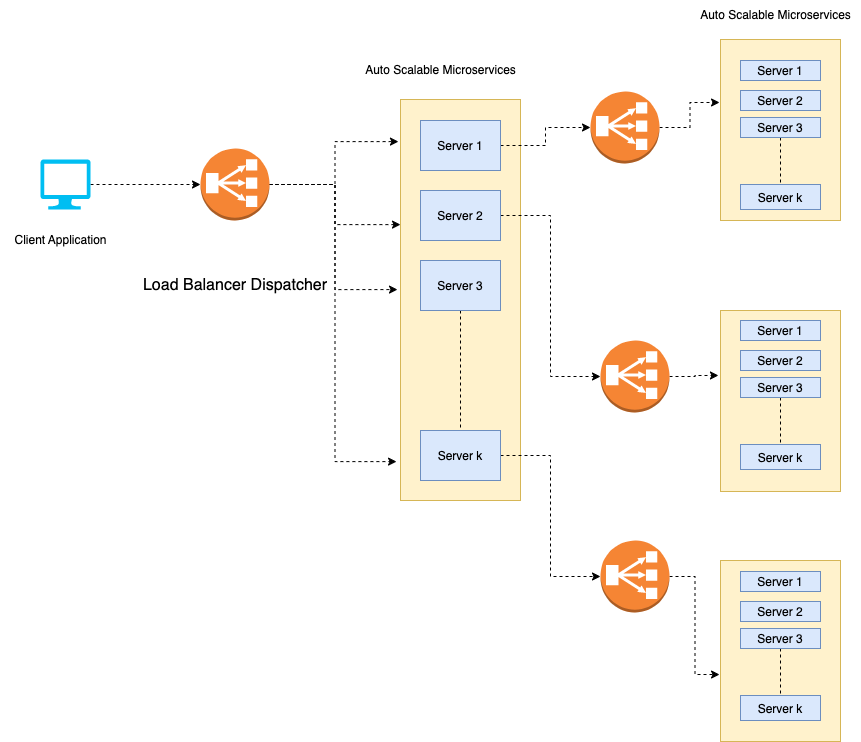
Cloud Load Balancing Services
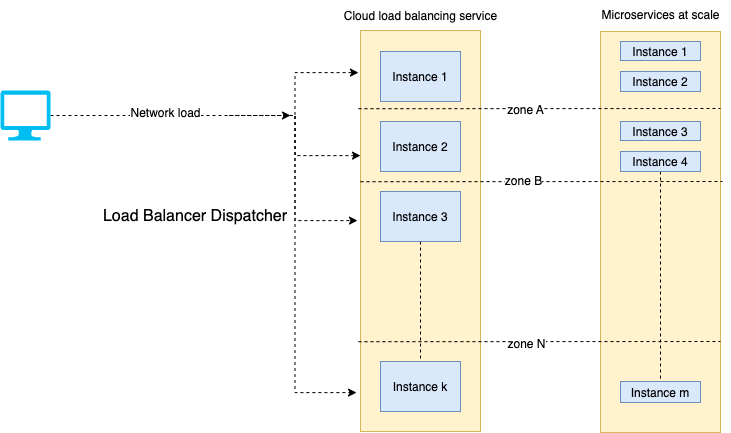
When the traffic increases, the cloud load balancer scales up to handle additional workloads, hence preventing a single point of failure or any other bottlenecks in the distributed systems.
How to implement dynamic autoscaling and load balancing in a distributed system
Let’s say that each category of microservice has got a few instances where each instance is the replication of the application designed for a specific use case. For this scope, a separate agent can be added to each individual instance to collect data related to storage, memory, CPU, and network usage.
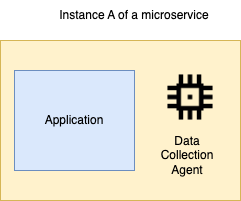
The data collected by the agent acts as one of the parameters to decide which microservice needs to scale up and down and how much load needs to be distributed among them.
The Cloud Load Balancer service is aware of the instances and their status and hence uses data collected to execute the autoscaling policies tied against the microservice.
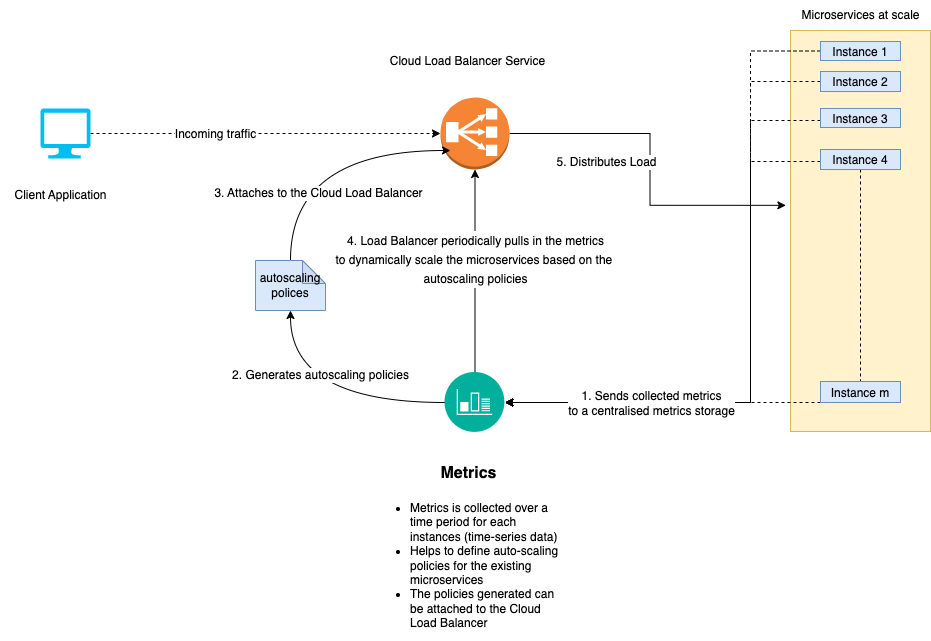
Let’s break down the above process into the following steps:
- Time series data collection by each individual agent of an instance belonging to a microservice
- The centralized metrics storage contains the data collected by the agent.
- An autoscaling policy is attached initially to the Cloud Load Balancer which is quite in alignment with the data collected.
- Based on the policy and the data available for each instance, the Cloud Loadbalancer can make a decision for autoscaling and request routing.
- Overall, this process is helpful in achieving scalability, reliability, and optimization.
References
- HAProxy Configuration Basics: Load Balance Your Servers - HAProxy Technologies
- Benefits of Cloud Load Balancing | NGINX
Summary
In this article, we looked into the scalability, reliability, and autoscaling features of a load balancer. It also provides us with an insight into how to deal with resource and cost optimization for each individual microservices at scale.
We will dive deeper into the implementation of the Load Balancer and their interaction with microservices at scale.
Thank you ❤️ for reading this article, feel free to Subscribe, clap👏🏻 and share it.
Build microservices with reusable components, just like Lego
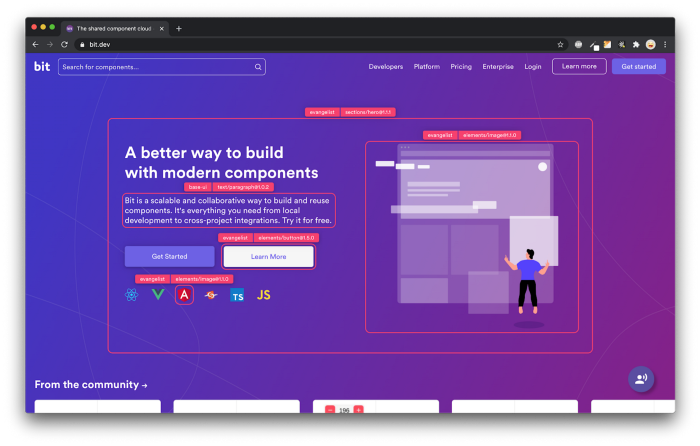
Bit’s open-source tool help 250,000+ devs to build apps with components.
Turn any UI, feature, or page into a reusable component — and share it across your applications. It’s easier to collaborate and build faster.
Split apps into components to make app development easier, and enjoy the best experience for the workflows you want:
→ Micro-Frontends
→ Design System
→ Code-Sharing and reuse
→ Monorepo
Learn more
- How We Build Micro Frontends
- How we Build a Component Design System
- How to reuse React components across your projects
- 5 Ways to Build a React Monorepo
- How to Create a Composable React App with Bit
What is the Load Balancing Design Pattern? was originally published in Bits and Pieces on Medium, where people are continuing the conversation by highlighting and responding to this story.
This content originally appeared on Bits and Pieces - Medium and was authored by Kamini Kamal
Kamini Kamal | Sciencx (2023-02-03T12:11:40+00:00) What is the Load Balancing Design Pattern?. Retrieved from https://www.scien.cx/2023/02/03/what-is-the-load-balancing-design-pattern/
Please log in to upload a file.
There are no updates yet.
Click the Upload button above to add an update.
